Business owners are faced with difficult decisions every day. But none are more challenging than hiring decisions – the make-or-break decision between hiring a superstar or a spare part.
If you struggle to make the right hiring calls, this article is for you. We’ve pulled together our top tips from the advertising, screening, and interview process to help you make the right hiring decision no matter what stage of the recruitment process you’re at.
Let’s get straight into it 🚀🚀🚀
#1 – Know who you’re looking for by defining the ideal candidate skillset (not profile)
Whether you’re a hiring manager or a recruiter, one of the easiest ways to make a better hiring decision is to start focusing on skills and competencies.
What baffles us about the recruitment process is how some hiring teams make a final decision on a hire without actually knowing (or testing) a candidate’s skills. To overcome that, you must take it back to your initial candidate profile.
Rather than focusing on years of experience, education, and pointless career awards, build your ideal candidate profile based on their skills. Remember, though, that this includes soft skills (interpersonal), hard skills (technical), and competencies (capabilities).
If you build your profile based on these things, it will be much easier to assess if candidates can actually do the role. In turn, that’ll give you more confidence in your decision-making, confirming that the candidate is a good fit for your organization and that you’re ready to make the final hiring decision.
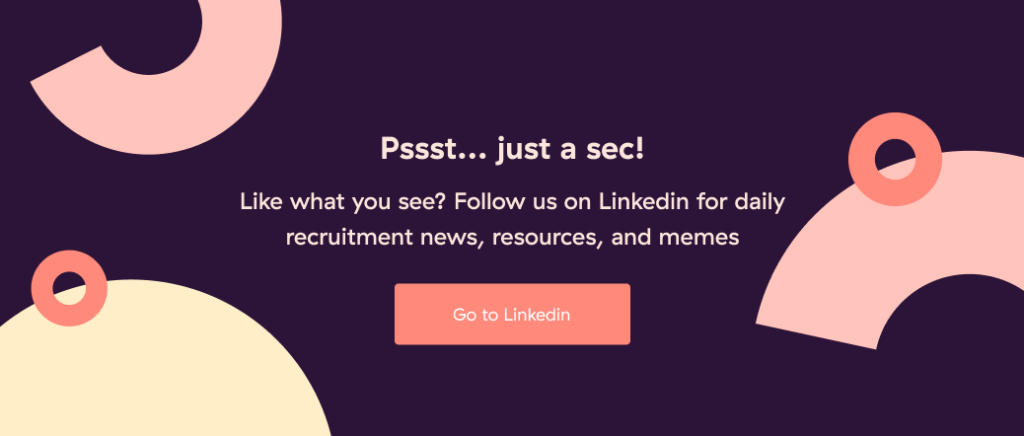
#2 – Remove hiring bias at every stage of your process
In a perfect world, all hiring decisions would be made objectively, but in reality, unconscious biases can make the outcomes much different.
Without even knowing it, we unconsciously favor one applicant over another based on factors other than their ability. This often results in the best job candidates getting overlooked for roles, increasing the risk of a bad hire.
For example, if you work in film, and you’re hiring an actor to play the suburban mom of a teenager, it would be absolutely reasonable to look for a middle-aged woman for your role. If you’re hiring an accountant, however, it would be illegal to hire only middle-aged women.
While there are many bias types, affinity bias is one of the most prevalent as we love to hire mini-mes – people who look like us. In an interview, a person with the same background, age, race, and hobbies will have a greater chance than someone who’s different from the hiring manager.
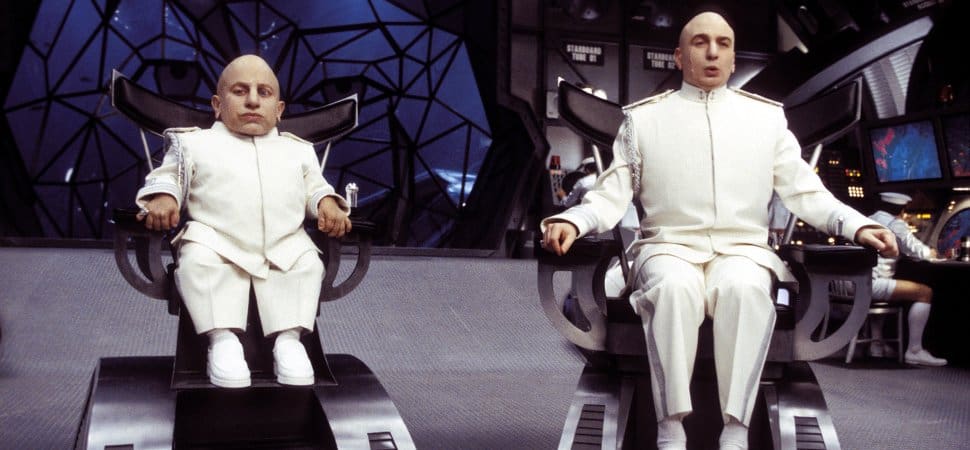
Source: inc.com
Hiring based on familiarity is illegal, but it’s also grounds for some very poor hiring decisions. Oftentimes, a poor-quality candidate slips by merely because they have so much in common with the HR manager. And with so many advantages brought about by workplace diversity, it’s detrimental to base hiring decisions on familiarity.
Sometimes, you may project bias on your job ad without even knowing it – just how you word your job description could put off certain applicants. Need a hand? The aptly titled Gender Decoder for Job Ads helps you realize if you are putting off male or female applicants with just subtle tweaks in language.
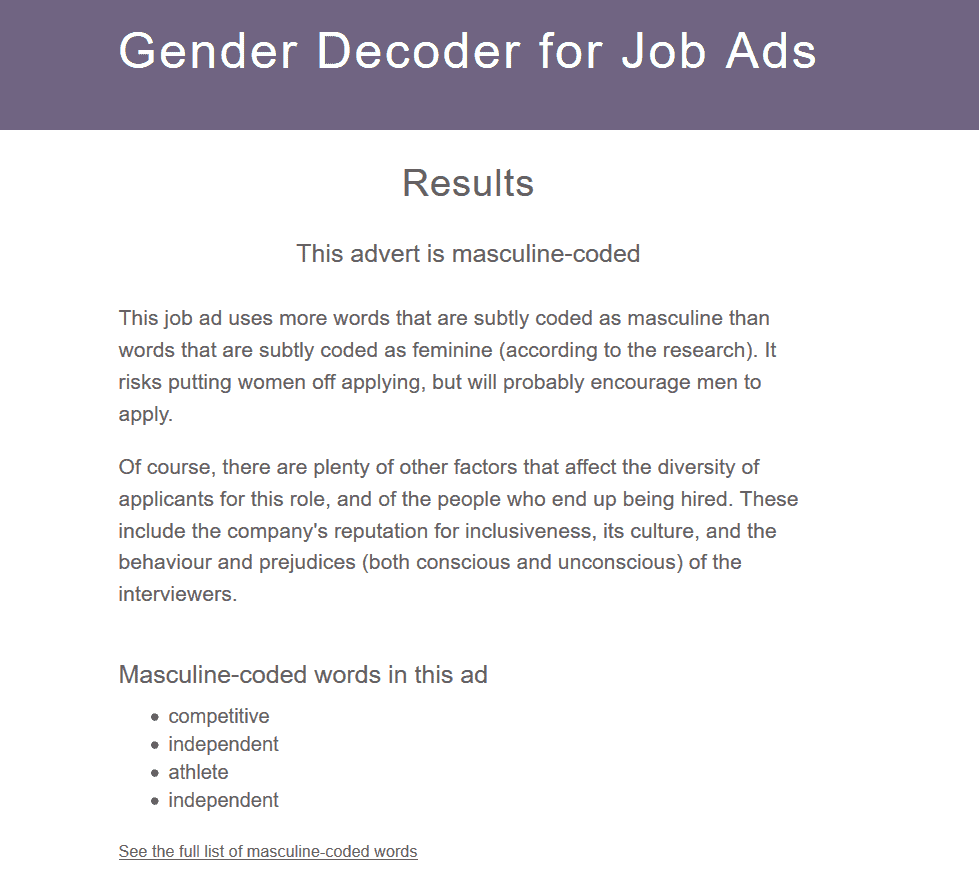
If you want to take it further, tools like Textio actually assist you in writing bias-free copy, helping you improve your writing and how you come across to your audience. Companies like eBay, Twitter, and Bloomberg use Textio to craft job descriptions that attract top performers without bias.
Another way to eliminate hiring bias is to standardize your job interviews. If the interview develops naturally, without predefined interview questions, chances are you’ll veer off into the land of unconscious bias.
So, lucky you, we’ve actually given you a few different tips in one there! All we’d say is to remove biases at every point in your process to make it easier to make a hiring decision and have faith in your new hire.
#3 – Re-structure your hiring process to use the power of data
Today, data is everywhere. And that isn’t by accident either, as solid, reliable data is the backbone of excellent decision-making. Whether you’re a hiring manager or a recruiter, you can never have enough data, so we’d recommend shifting to a data-driven recruiting funnel.
You can read the full guide to creating a data-driven recruiting funnel here, but in short, here are some quick and easy things you can do to make a positive change:
- Use social media analytics on platforms such as Facebook, Instagram, LinkedIn, and TikTok to better understand your target candidates.
- Give candidates a fair chance to showcase their skills with skills screening tests. Instead of focusing entirely on the CV, flip the process on its head and use test scores to help you identify great-fit candidates. Skills-first = data-first.
- Scale and standardize your interviews, including your interview questions, with interview technology such as one-way video interviews.
- Track key metrics such as time to hire, time to fill, candidate source, and conversion rate to understand how your process is working.
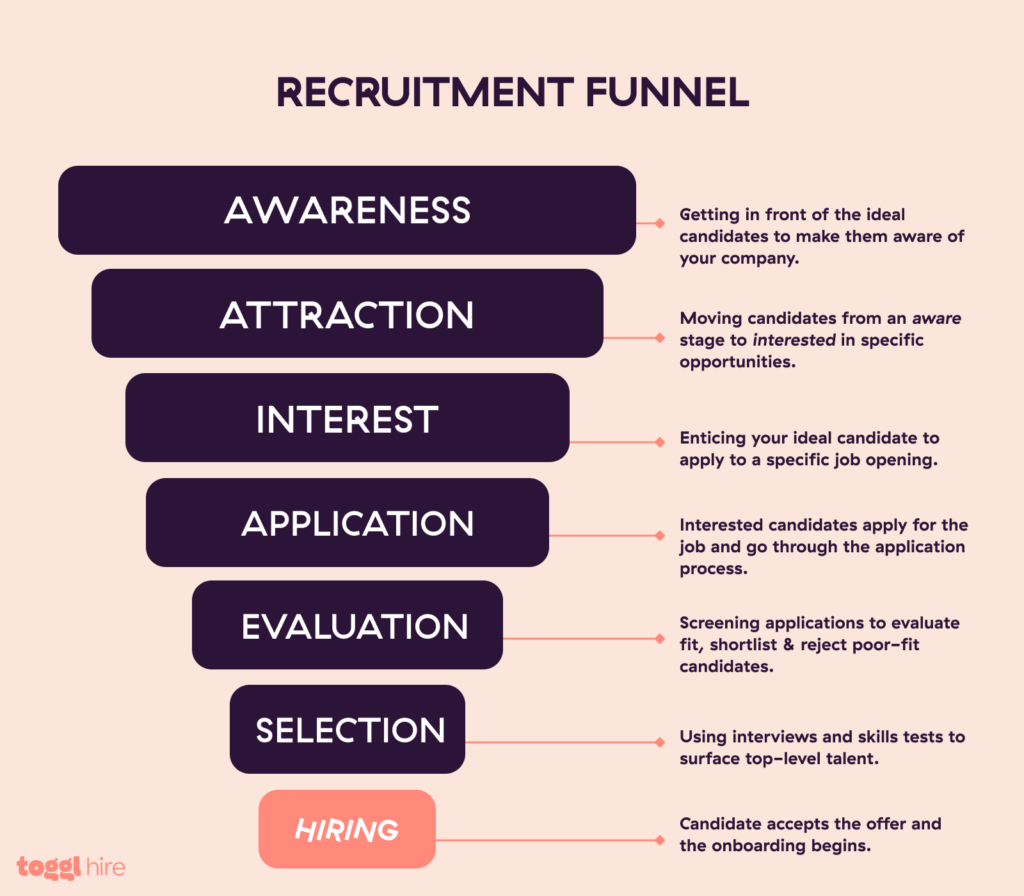
#4 – Avoid the useless chit-chat interview process – come prepared
The interview is one of the key parts of the hiring process. In an ideal world, it’s the interview that seals the deal and helps you make the final hiring decision. So it’s absolutely shocking that recruiters don’t prepare better when interviewing.
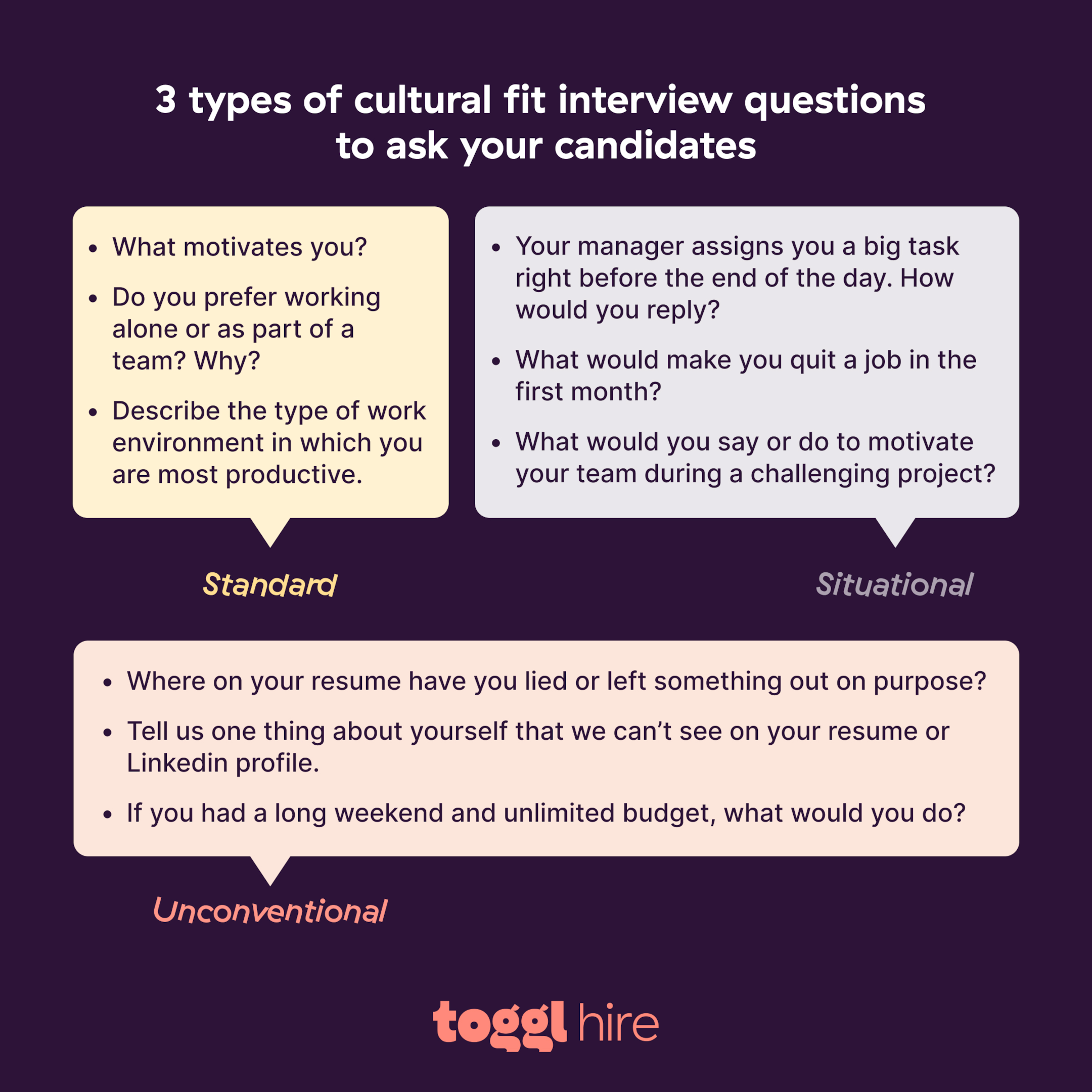
Here are three ways we’d recommend levelling up your interviewing game:
- Standardize your interview questions to focus on key recruitment topics such as experience, goals, ambitions, and skills. Consistent questions = consistent answers making it easier for you to compare candidates side-by-side.
- On the theme of standardization, use real evidence, such as test scorecards, to drill into candidates’ strengths and weaknesses during the interview process. When you already have a wealth of information available, why wing interviews and introduce biases when you can have an informed, data-led conversation?
- Lastly, mix up your questions to determine how candidates behave in a given situation. It provides practical insight for hiring managers into how a candidate would work with other team members, highlighting complimentary and confrontational attributes. Examples include
- Tell me about a time you went above and beyond to deliver.
- Tell me about a time you were criticized. How did you feel, and how did you react?
- How do you handle working with people who annoy you?
- If you were asked to finish multiple jobs, but there was no conceivable way you could do it, how would you react?
- What was the last project you led, and what was its outcome?
#5 – Don’t make hiring decisions based on the resume
If you’ve been following our blog for a while, you’ll notice that we’re really not that big on resumes. In fact, some may even think that we would want them completely gone from the hiring process. That is far from the truth, but resumes are anything but perfect as a means of making a hiring decision.
The first and most obvious reason why resumes aren’t ideal is that people tend to lie on them. According to recent research, about 85% of all job applicants lie on their resumes – that makes it pretty hard for a hiring team to make a confident decision.

Another problem with resumes is that candidates need to create them. Not many applicants will have an updated resume standing by, and updating their resume will take considerable investments in time. Candidates then rush their resumes, creating a higher chance of them being incorrect.
Lastly, keywords. As many companies now use applicant tracking systems to shorten their hiring process, candidates are learning some sneaky ways to trick the system rather than showcase their true abilities. This leads to low-quality candidates sneaking in under the radar, infiltrating your hiring process and making it harder for you to make a solid decision.
The way to solve this? Swap out resumes for skills tests to assess your candidates on the skills and competencies they actually need for the job. Skills tests are objective, free of biases, and customizable for your organization; plus, they’re super easy to set up and fun for candidates.
If you want to hear more, check out our 1-minute explained video below.
#6 – Don’t hire just to fill a position
How many times has it happened that you wished you never hired somebody? Admitting a mistake is one step toward making better choices. Oftentimes, people end up hiring someone just because they desperately need to fill a position. It’s a case of choosing the lesser of two evils – hiring someone who may not be a great fit or having a position remain unfilled for even longer.
Some amazing research from the team at AIHR found that the average time-to-fill was a whopping 36 days, with some extending up to 45 days too.

As we’ve written before, the cost of hiring an employee can make a huge dent in your company’s budget. Additionally, making a bad hire can cost anywhere from 30% to 150% of the new hire’s annual salary – that’s a pretty costly mistake to make as a hiring manager.
If money’s not your primary concern, think of other forms of damage, too. A bad hire will be unproductive, hinder their co-workers, require constant help and supervision, and you will waste considerable time fixing their errors and apologizing for their performance.
Therefore, our last top tip is not to hire for the sake of it. Hiring managers everywhere must understand that it’s detrimental to your budget, reputation, and employee satisfaction. If you have a dire need to fill a position, you can temporarily fill it by outsourcing the work to an expert or by hiring a contractor.
It’s time to make a better final hiring decision
Whether you’re running a small start-up or a multinational corporation, making the right hiring decision is critically important to the success of your organization. Get the decision wrong, and you risk hiring a bad candidate that can’t do the job, disrupts the team, and burns through valuable resources for no return.
At Toggl Hire, we know the pain difficult hiring decisions cause versus the value of hiring the best person for the job. That’s why we’ve developed a system that enables you to make the best hiring decisions based solely on a candidate’s skills, competencies, and abilities.
Sign up today and get peace of mind that you’ll hire a rockstar candidate each and every time
James Elliott is a Strategy Manager and Writer from London, UK. When not working on the day job, James writes on a variety of business and project management topics with a focus on content that enables readers to take action and improve their ways of working. You can check out James’ work on his website or by connecting on LinkedIn.





